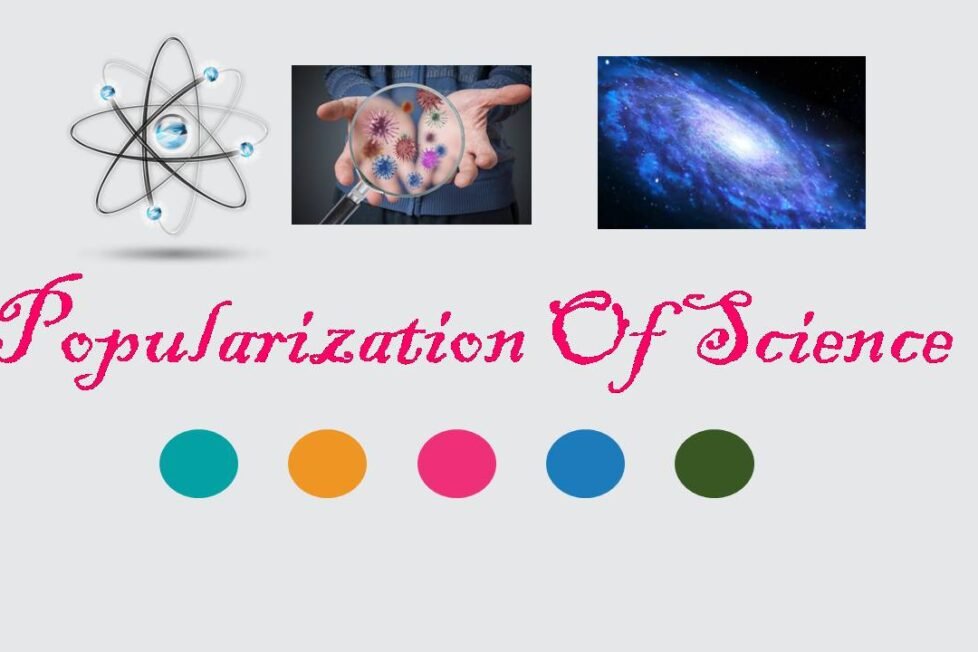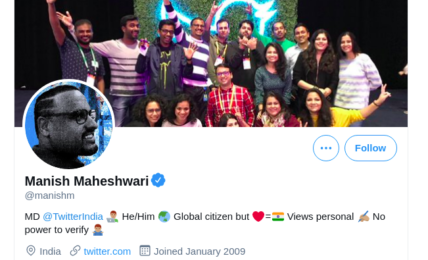Popularization of science in India: Need of the hour
The popularization of the science is the responsibility of the current generation. This need to be done at any cost, otherwise in future India will be a country of the largest population of ignorants.




